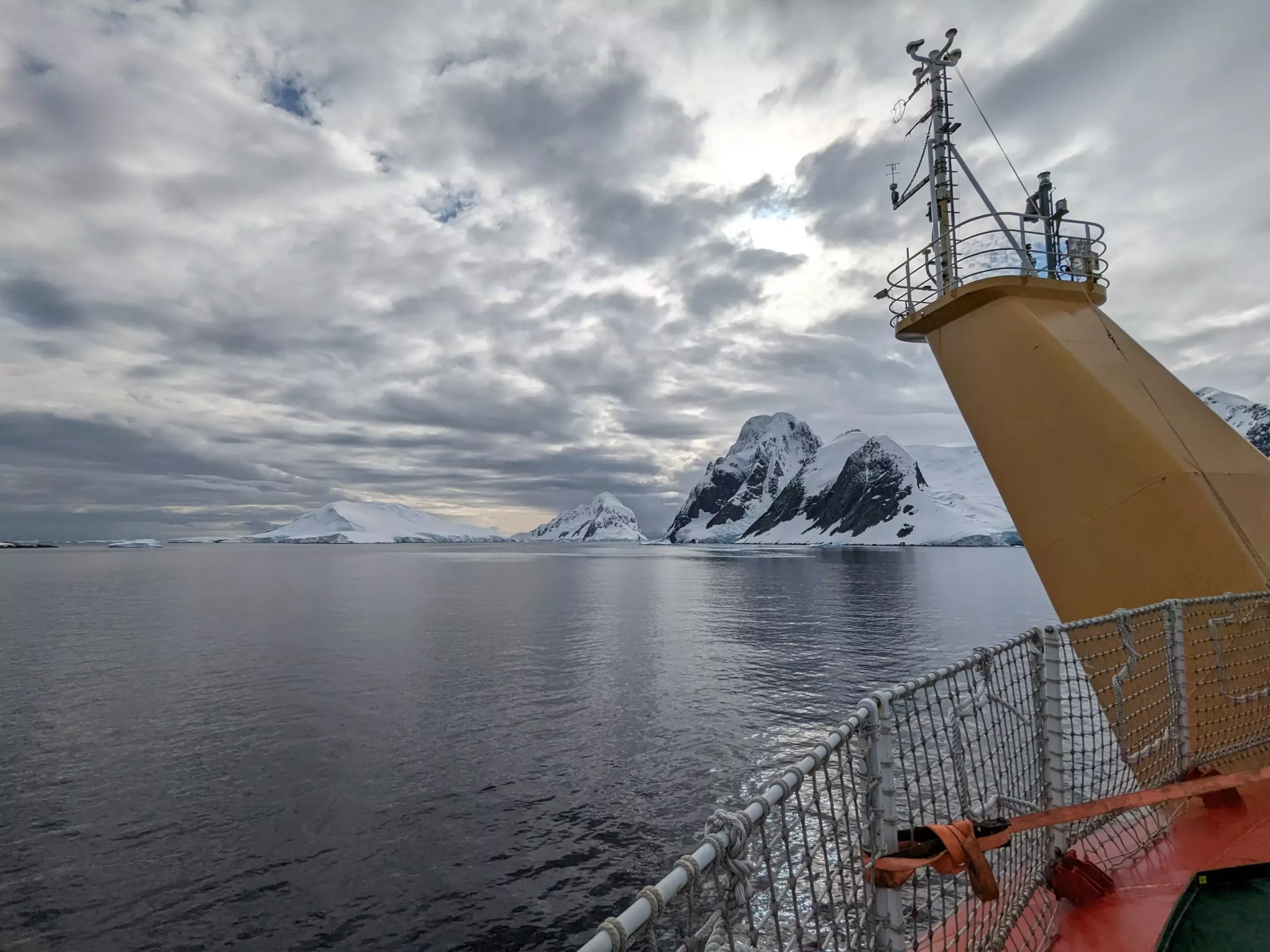Recent findings from a collaborative study led by the University of East Anglia (UEA) and Plymouth Marine Laboratory (PML) reveal a striking new reality: the Southern Ocean is absorbing significantly more carbon dioxide (CO2) than had been previously believed. This revised understanding is not just a minor adjustment; it elevates the ocean’s role in combating climate change, illustrating that it absorbs 25% more CO2 compared to earlier indirect estimates. Such revelations underscore the urgency of accurately measuring the ocean’s carbon absorption capacity, which is crucial in the context of ever-increasing anthropogenic CO2 emissions.
The study employed a more precise approach to measuring CO2 fluxes—essentially, the exchange of carbon dioxide between the air and the sea—using a technique known as eddy covariance. This innovative method deployed flux systems on the foremasts of research ships, allowing for direct measurements during seven research cruises around Antarctica. Where traditional methods relied on shipboard data and modeling, this novel approach promises to provide a more robust and reliable dataset, bridging gaps left by previous estimations and highlighting significant discrepancies in understanding the Southern Ocean’s carbon sink.
Challenging the Status Quo
Traditionally, estimations of CO2 absorption in the Southern Ocean have varied widely due to inconsistencies in data sources, including profiling floats and global ocean biogeochemistry models. The new study’s lead author, Dr. Yuanxu Dong, articulates a crucial point: previous models substantially underestimated the ocean’s CO2 uptake by failing to account for temperature fluctuations and the often-neglected short, intense events of CO2 absorption. By using real-time data collected over 3,300 hours of observation during the Antarctic summer of 2019 and 2020, the research provided concrete evidence to challenge these prior assessments.
The results, which are published in the journal Science Advances, suggest that the summer Southern Ocean acts as a powerful carbon sink, making it an essential player in the global carbon cycle. Dr. Dong emphasizes the significance of this research in preparing accurate climate models that can adapt to ongoing changes in our environment. As uncertainties surrounding the scale of the Southern Ocean’s CO2 sink continue to pose challenges for climate projections, this study plays a pivotal role in refining those estimates.
Bridging Data Gaps
A notable challenge persists in the lack of comprehensive data, particularly during the winter months when assessability is hindered. Previous methodologies primarily relied on sporadic shipboard measurements, which suffered from a lack of frequency and span. The study’s approach, characterized by hourly measurements within diverse and dynamic frontal zones, represents a marked improvement over the traditional methods that limited data collection to a lesser frequency.
Dr. Mingxi Yang, a co-author of the study, pointedly defines the Southern Ocean as a key CO2 sink but one rife with uncertainties concerning its capacity for uptake. The enhanced level of measurement accuracy afforded by high-frequency observations made possible through the study opens avenues for more informed, effective climate policy planning and implementation. However, to fully flesh out this understanding, continued investment in developing autonomous observation networks is essential.
Future Directions and Technology Investment
The pivotal argument made by the researchers highlights the need for ongoing efforts and investment in high-quality observational programs. They contend that for any long-term climate forecasting efforts to be effective, it is vital to expand the current measurement capabilities. The transition toward deploying more ships and innovative technologies, such as autonomous buoys and sail drones, particularly in winter, promises to fill the existing data gaps.
Professor Tom Bell, another co-author, signaled a proactive approach with plans to utilize the new icebreaker RRS Sir David Attenborough for future measurements. Such initiatives represent a critical step toward monitoring carbon flux efficiently and comprehensively, thereby equipping scientists and policymakers with the tools necessary to confront climate-related challenges head-on.
Moreover, a concerning trend has emerged regarding the decline in shipboard surface ocean CO2 measurements due to factors including limited funding and the consequences of the COVID-19 pandemic. Maintaining and perhaps even rejuvenating these datasets is crucial for tracking changes in oceanic CO2 absorption capabilities, as emphasized by the alarming decrease of around 40% in Southern Ocean-related data between 2017 and 2021.
In essence, this fresh perspective on the Southern Ocean’s carbon absorption capabilities heralds a new chapter in our approach to climate science. By prioritizing direct, real-time measurements and addressing gaps in data collection, we take significant steps toward better understanding the planet’s intricate climate system and enhancing our response strategies.


Leave a Reply